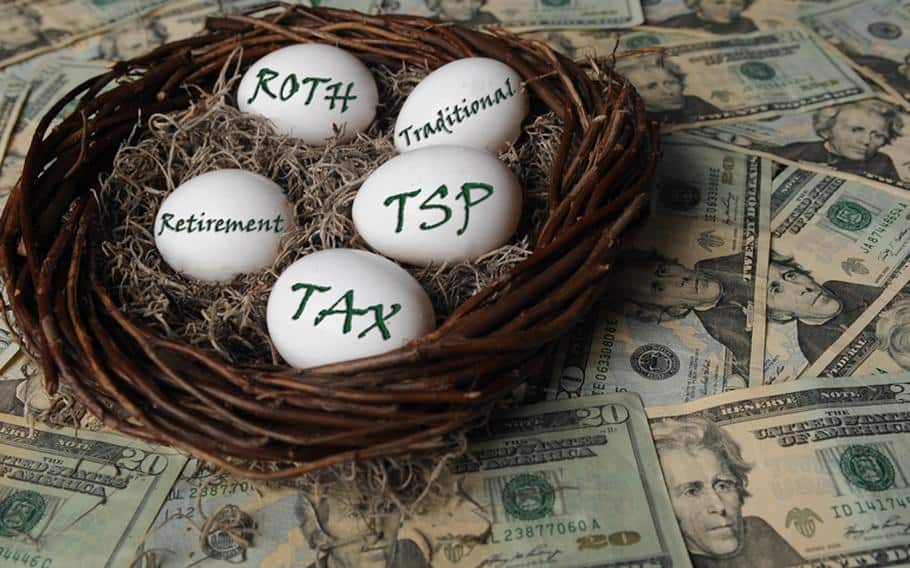Sometimes, it’s a good idea to question the advice even of a professional financial adviser, especially when it comes to the ins and outs of the federal retirement system.
Recently, an employee told me about meeting with their financial adviser to help plan their retirement at the end of this year. The adviser recommended that they front load their Thrift Savings Plan investments by contributing the maximum of $26,000 ($19,500 regular contributions and an additional $6,500 in catch-up contributions) over 10 pay periods.
The employee’s salary was high enough to do this, so they contributed $2,600 each pay period through pay period 10, which ended in May. For the rest of the year until they retire on Dec. 31, they will make no additional employee contributions. As long as their TSP funds perform well over the rest of the year, this strategy could result in healthy gains. This is because their later returns will be based on a bigger pot of money accumulated early in the year.
Here’s how it would work: By making the maximum contributions through the end of pay period 10, the employee would have put in an extra $16,000. Suppose this money had been invested in the C Fund in 2020. From June through December, the strategy of investing the maximum earlier in the year would have resulted in an additional $3,935 in investment returns on the extra $16,000. That would have worked out well last year, and it might this year, too—in June, the C Fund rate of return for this year was a whopping 2.33%.
This would have been a terrific strategy for someone who retired at the end of pay period 10 this year. But there are no guarantees about how the investment will perform for the rest of the year.
More importantly, though, the employee will lose out on agency matching funds for TSP contributions from pay periods 11 through 26. That’s money they would have received regardless of whether the market went up or down.
Let’s see just how much that would add up to. Contributions of $2,600 for 10 pay periods would be matched by $331 in agency funds each period ($66 due to automatic agency contributions of 1% of basic salary rate, plus $199 in dollar-for-dollar matching on the first 3% of employee contributions and another $66 for matching at a rate of 50 cents on the dollar for the rest of the contributions).
After pay period 10, the agency automatic contributions continue at $66 per pay period, but the matching stops for the remaining 16 pay periods because there are no employee contributions left to match.
For this employee, that would result in a loss of $265 over each of the remaining 16 pay periods, or $4,240 in agency matching funds. Although the C Fund saw strong gains in 2020, the risk-free agency contributions were bigger, even when considering the employee front-loaded contributions to have a bigger balance earlier in the year. Not to mention that for most employees, front-loading their TSP investments just isn’t practical from a budgeting point of view.
Federal employees hired or rehired on or after Oct. 1, 2020 are automatically enrolled in the TSP at 5% of their salary. This means that they get the full match from their agency. If they (or employees hired before that date) decrease their contributions below 5%, they will not receive the full amount of agency matching funds. And that could mean leaving valuable retirement dollars on the table.

